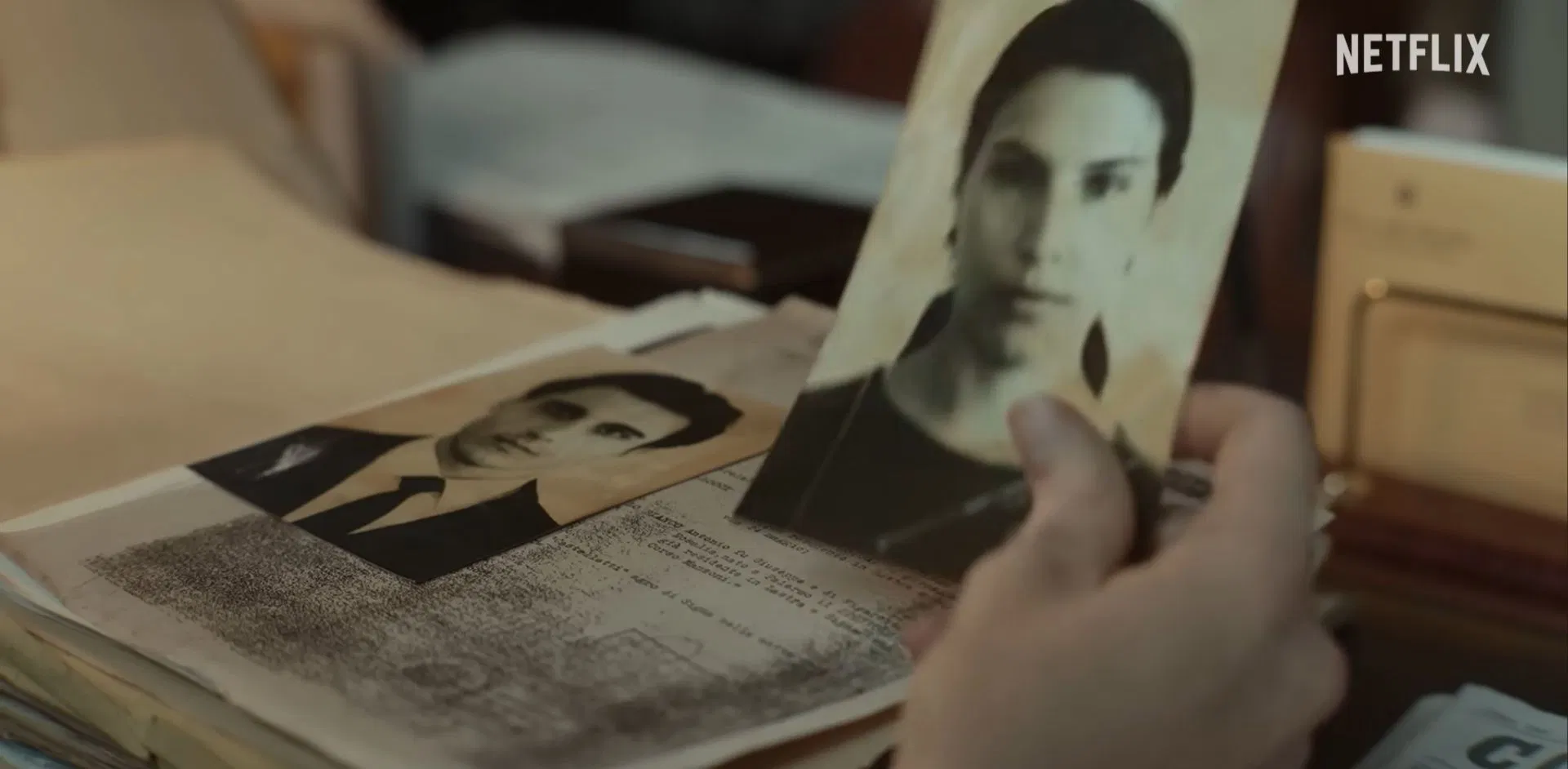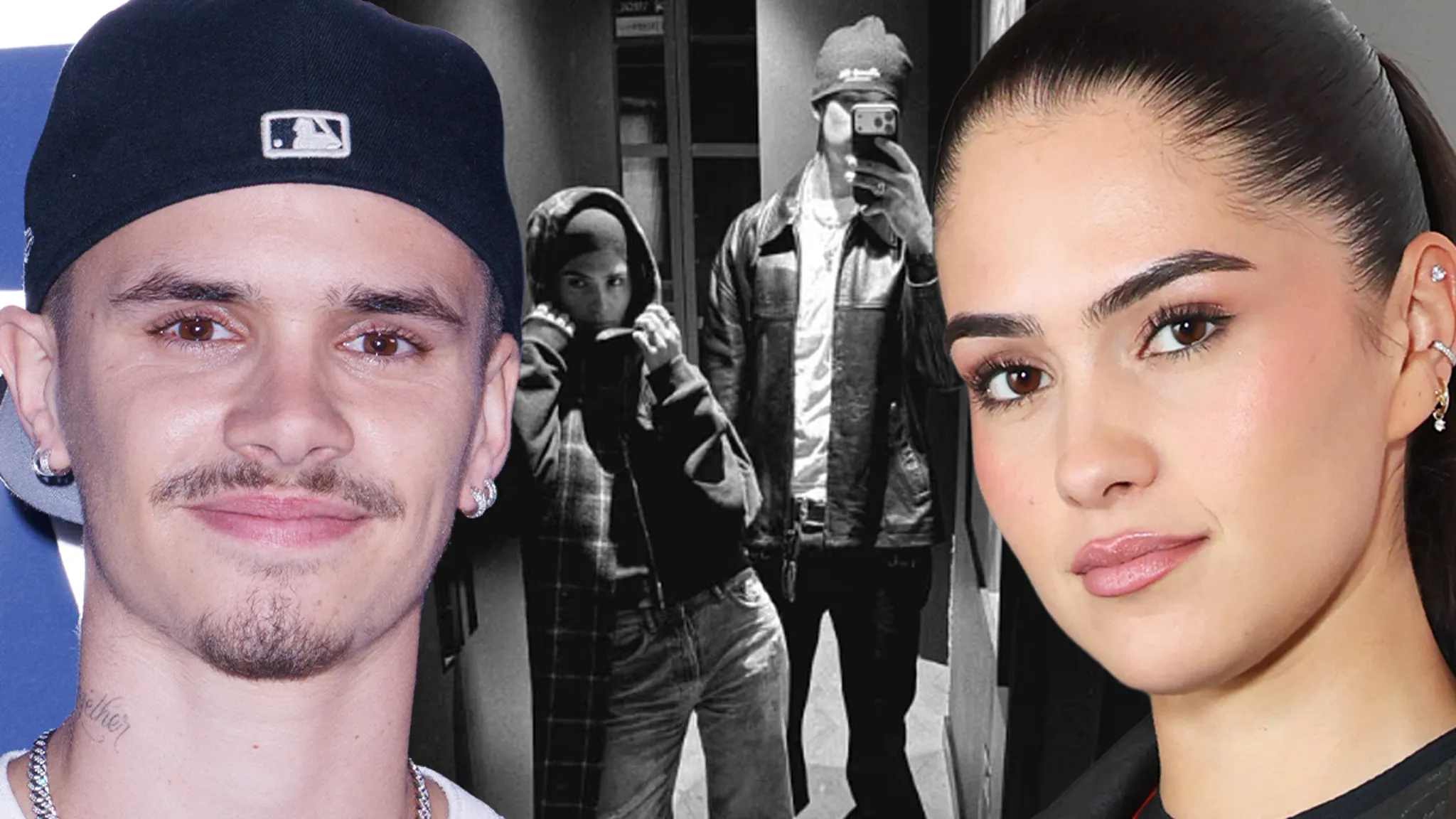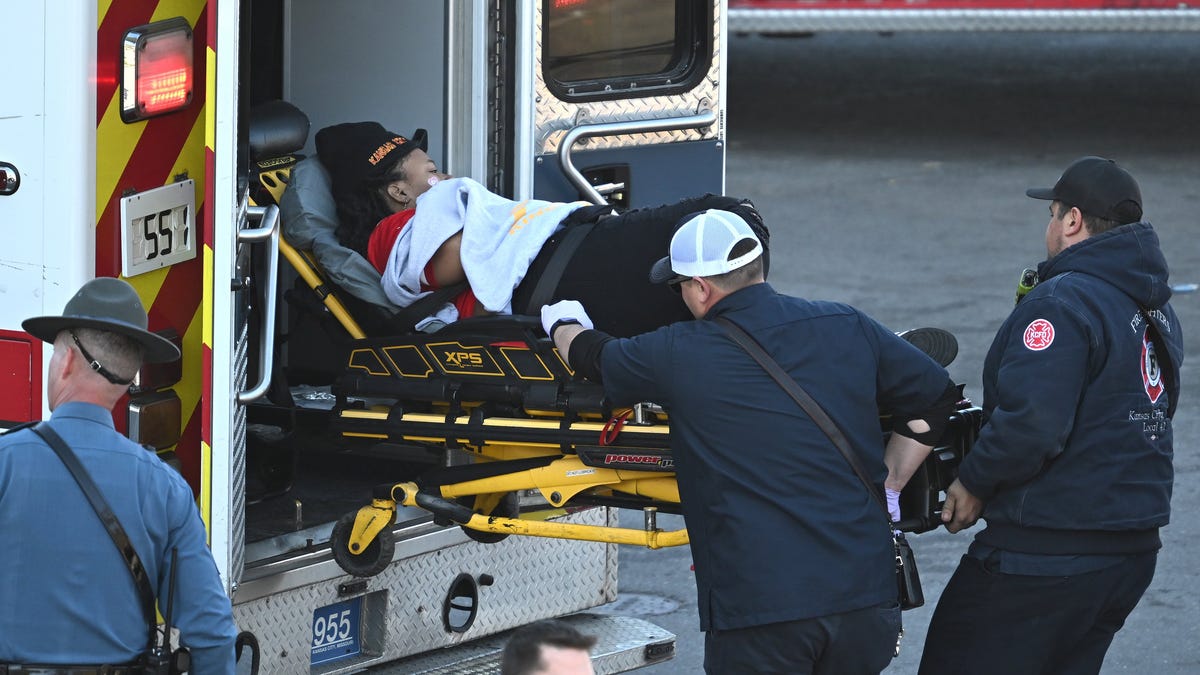The Monster of Florence anchors Netflix’s The Monster of Florence, a four-part drama built from the first years of the investigation. The series premiered on Netflix on October 22.
The story centers on an unsolved string of lovers’ lane killings around Florence between 1968 and 1985. Seven couples are widely counted; others include an eighth double murder from 1968, and additional deaths have been linked over time. The pattern that shaped the case is spare and grim.
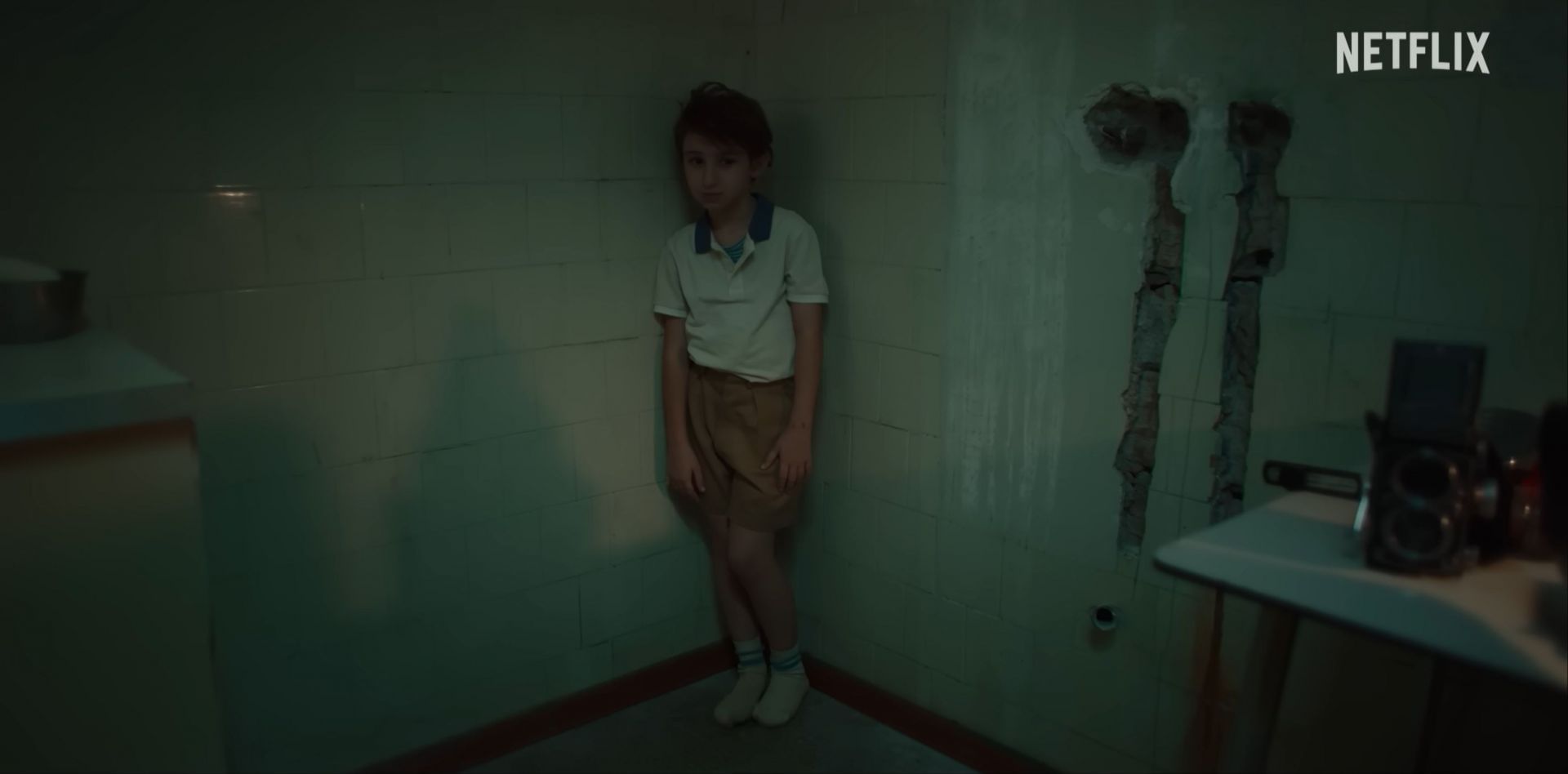

A .22 caliber Beretta handgun and Winchester cartridges with an ‘H’ headstamp recur. Men were shot first. Women were then attacked, with sexual mutilation reportedly seen in several scenes. In 1985, part of a victim’s breast reached prosecutors by post.
How The Monster of Florence sets the stage
Netflix’s four-episode drama opens on the so-called Sardinian lead. The story begins with the 1968 double homicide of Barbara Locci and Antonio Lo Bianco, and the web around Locci’s husband, Stefano Mele, and the Vinci brothers. Viewers meet names long tied to the early probe and see the same moments retold from different viewpoints.
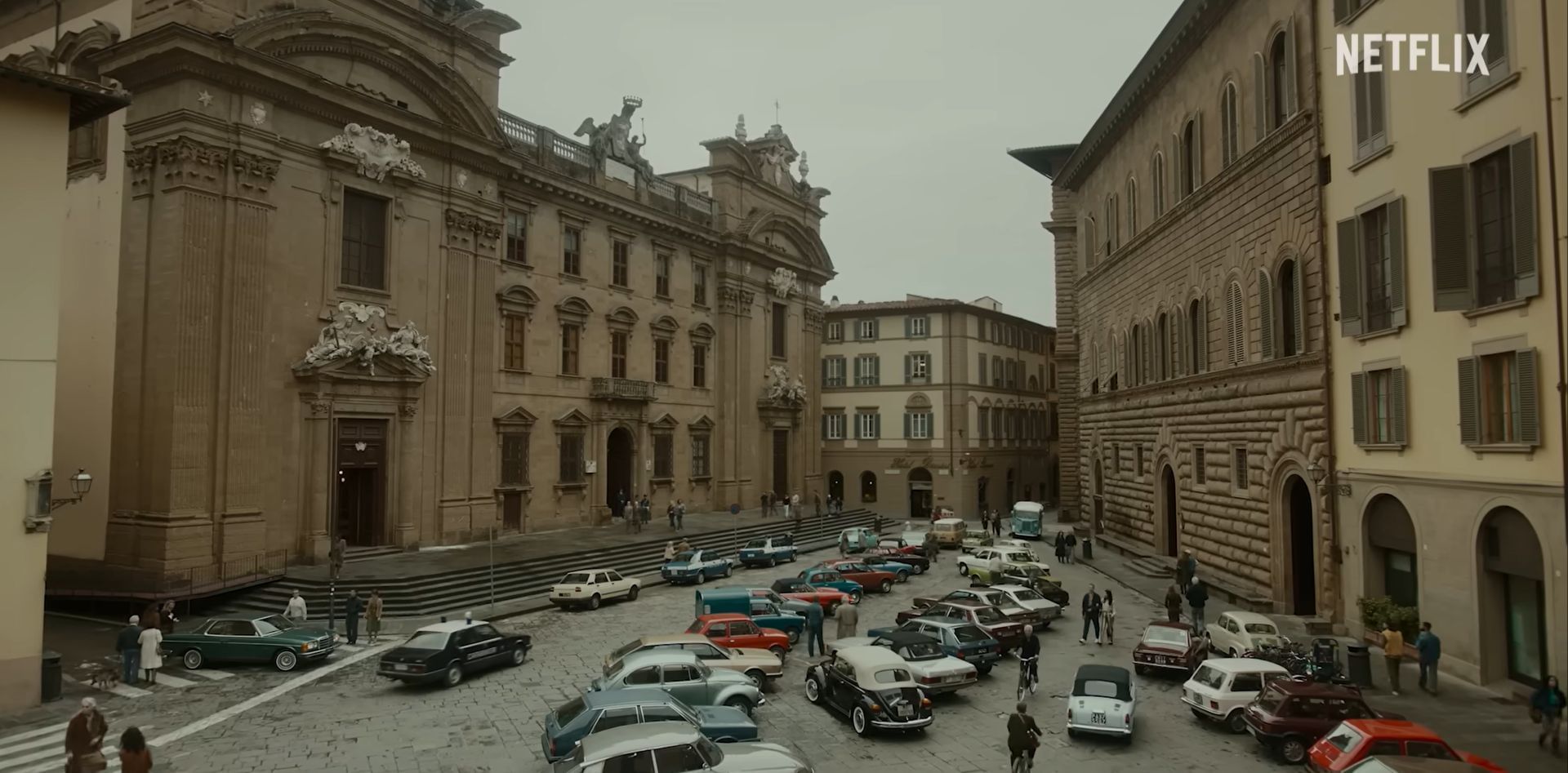

The show stops before later waves of suspects and theories. That choice mirrors how the real investigation often split into tracks that didn’t always converge.
Also read: 5 chilling details about the Monster of Florence case ahead of Netflix’s The Monster of Florence
The Monster of Florence timeline and pattern
The known pattern is blunt. Couples sought privacy. A shooter used a .22 caliber handgun. The man died first. The woman was then attacked with a blade. In four of the known double murders, flesh from the pubic area was removed. In the final two, the left breast was cut away. In one instance, a breast fragment was mailed to a prosecutor. These acts reportedly played into later claims about ritual motives.
Police linked the 1968 case to the later series of murders after an anonymous letter prompted a fresh review; investigators then found bullets and casings in the 1968 file that matched the later crimes. That tip, the recurring ammunition type, and the repeated setting near San Casciano led many to read the crimes as a chain rather than one-offs.
Suspects and trials
Names rose and fell. Pietro Pacciani, a farmhand with prior convictions, was found guilty at first instance in 1994 and freed on appeal in 1996. He died in 1998 before a new appeal could be held.
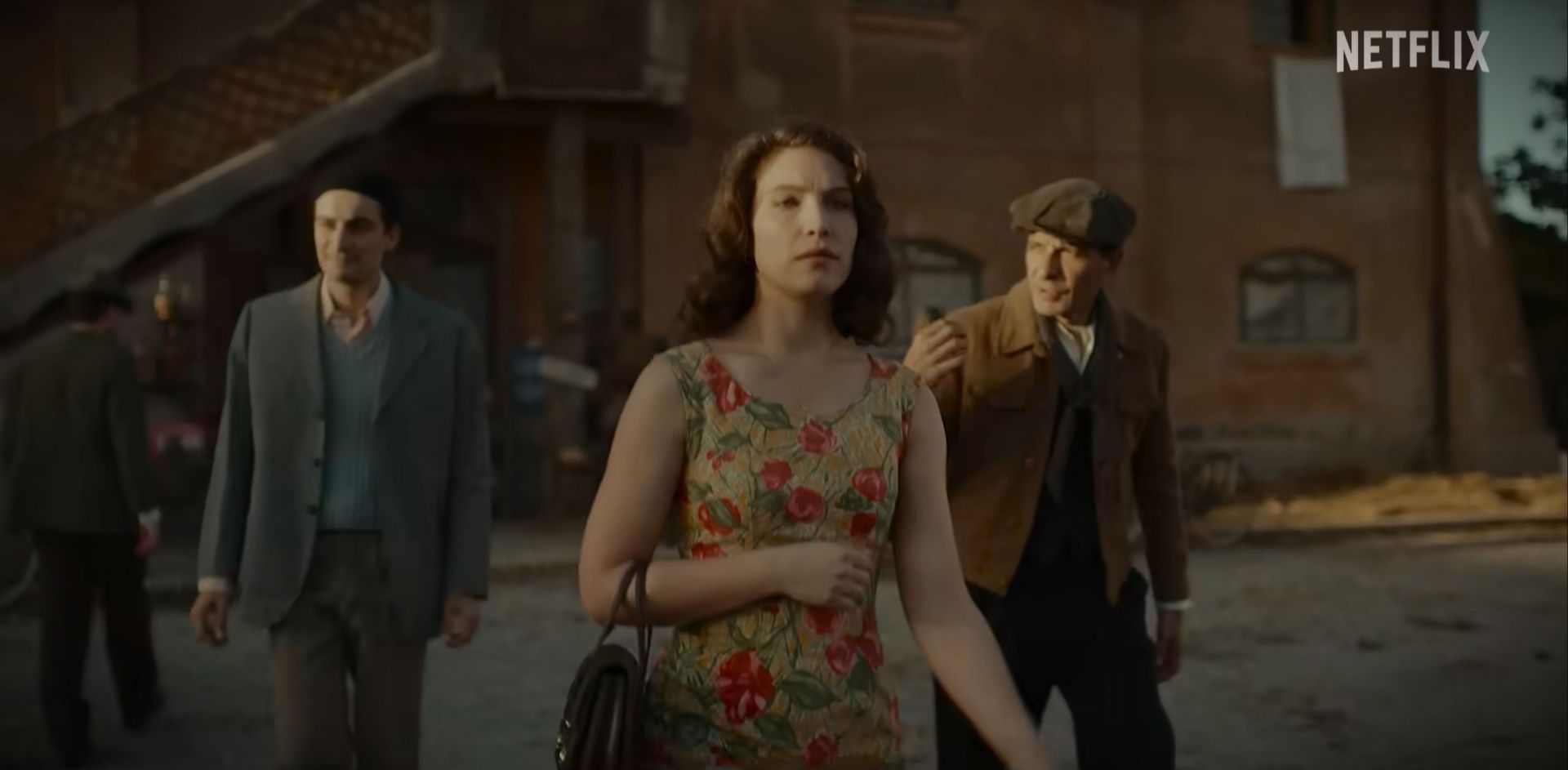

Later, Mario Vanni and Giancarlo Lotti were convicted in 2000 for several of the 1981–1985 murders. Lotti’s statements placed him at scenes and implicated others, though his accounts shifted and remain disputed. According to The Guardian, the case record still leaves room for argument about who did what, and whether one person or several actors took part.
Across the years, other figures were detained or charged, then cleared. Even basic points, such as how to read the 1968 link, drew challenges. The upshot is simple: legal outcomes exist, yet a full, uncontested picture hasn’t emerged.
Theories and open questions
Ritual claims arrived later. Some investigators alleged a commissioning tier that paid for body parts. A doctor’s name surfaced in rumors and filings. A separate death, that of physician Francesco Narducci in 1985, was probed and then relitigated in the press.
Those strands remain unproven in court and are best framed as theories, reportedly fed by odd finds, party gossip, and confessions that didn’t hold steady.
Other debates focus on the chain of custody for ballistics, allegedly planted items, and whether copycats muddy the trail. One steady fact holds: the gun used in the series of crimes was never recovered. Nor were the anatomical parts taken from multiple victims. That missing evidence keeps space for competing narratives.
The Monster of Florence narrows its scope to the opening chapter and the Sardinian lead, while the real story sprawls across decades of files, trials, and claims. The murders still sit in public memory as an unsolved terror that shaped a region, with core facts set and many edges disputed.
The Monster of Florence streams on Netflix.
Edited by Preethika Vijayakumar

